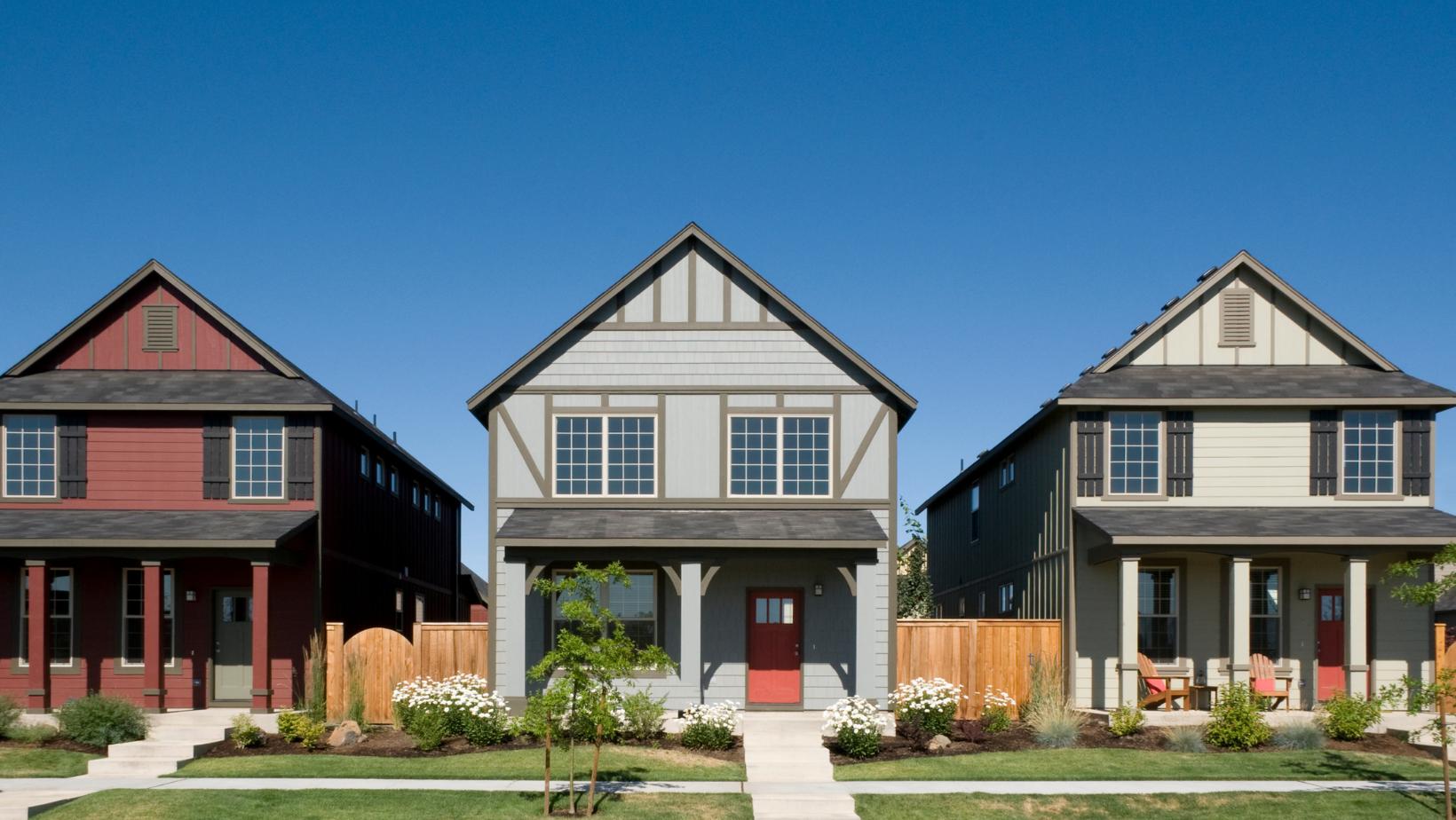The landscape of affordable housing is undergoing significant transformations as we progress through 2025. A combination of policy initiatives, market dynamics, and technological advancements are shaping its future. Here’s an overview of the current developments and future outlook:

Policy Initiatives and Legislative Actions
- Federal Land Utilization: The current administration is exploring new strategies to address the affordable housing crisis, including leveraging federal lands for housing development. This approach aims to increase the availability of affordable units by utilizing government-owned properties.
- State-Level Zoning Reforms: In 2019, Oregon passed House Bill 2001, allowing for alternative housing types like duplexes, triplexes, and cottage clusters in areas previously zoned exclusively for single-family homes. This legislation seeks to increase housing density and affordability. Recent proposals aim to expand these provisions further.
Market Trends and Construction Outlook
- Peak in Affordable Housing Completions: Affordable housing completions are projected to reach a multi-year high in 2025. However, this peak may be followed by a decline in subsequent years due to challenges such as rising construction costs and financing difficulties.
- Continued Market Constraints: The U.S. housing market is expected to remain largely stagnant throughout 2025, with modest growth anticipated. Factors such as elevated mortgage rates and persistent affordability challenges are contributing to this market freeze.
Advertisement
Technological Innovations
- Integration of Technology and AI: Developers are increasingly adopting technology, particularly artificial intelligence, to streamline processes and enhance efficiency in affordable housing projects. These innovations aim to reduce costs and improve project timelines.
Industry Perspectives
- Optimism Amid Challenges: Despite ongoing challenges, industry leaders express optimism about the future of affordable housing. Increased attention to the sector’s needs is expected to result in valuable gains, including potential expansions of tax credits and other supportive measures.
Key Trends and Factors Shaping the Future
- Policy Reforms: Governments are increasingly looking for ways to make housing more affordable. In the U.S., policies like those in Oregon have led to zoning reforms that increase housing density, allowing more diverse and affordable housing types to be built in areas that previously only allowed single-family homes. At the federal level, using government-owned land to build housing is being explored as a strategy to alleviate some of the pressure on the housing market. Such policies could help increase affordable housing supply, especially in areas with high demand.
- Market Dynamics: Despite efforts to address the shortage of affordable housing, challenges like rising construction costs, limited availability of financing, and high demand in cities with expensive real estate markets continue to hinder progress. The high costs of materials, labor shortages, and stricter regulations on development make it difficult for developers to build affordable units quickly and at scale. However, industry leaders remain optimistic that with continued policy reform and collaboration between public and private sectors, progress can still be made.
- Technological Advancements: The integration of new technologies, especially artificial intelligence (AI) and smart housing systems, is becoming a major focus in affordable housing development. These innovations aim to improve the efficiency of the construction process, reduce operational costs in the long run, and create more sustainable buildings. Developers are also exploring modular and prefab housing solutions, which can cut costs and reduce construction time, making them more accessible to low- and moderate-income households.
- Rising Construction and Rent Costs: A continued increase in property values and rents in urban areas poses a challenge for many families who are already struggling to find affordable housing. Factors such as interest rate hikes and the “lock-in effect” — where existing homeowners are hesitant to sell because of high mortgage rates — are further constraining the availability of affordable homes.

What Does This Mean for the Future?
As we look ahead to 2025 and beyond, the focus will need to be on innovative solutions and collaboration between governments, private developers, and non-profit organizations. To make affordable housing more accessible, it will be crucial to:
- Implement more aggressive zoning and land-use reforms.
- Expand funding for affordable housing projects through tax credits and subsidies.
- Explore alternative construction methods to reduce costs.
- Address the challenges presented by high rents and property prices in urban centers.
While significant hurdles remain, the coming years will likely see a mix of challenges and opportunities as stakeholders work together to create more accessible, affordable housing options for everyone.
Advertisement
Conclusion
The trajectory of affordable housing in 2025 is influenced by a complex interplay of policy reforms, market conditions, and technological advancements. While there are significant challenges ahead, ongoing efforts at various governmental levels and within the industry offer hope for meaningful progress in addressing the affordable housing crisis.
References
- Affordable Housing Surge in 2025: https://www.taylorrealtygroup.com/blog/affordable-housing-surge-in-2025-record-highs-expected-but-future-supply-faces-decline/
- Affordable Housing Finance 2025: https://www.housingfinance.com/news/affordable-housing-leaders-express-optimism-for-2025_o?


